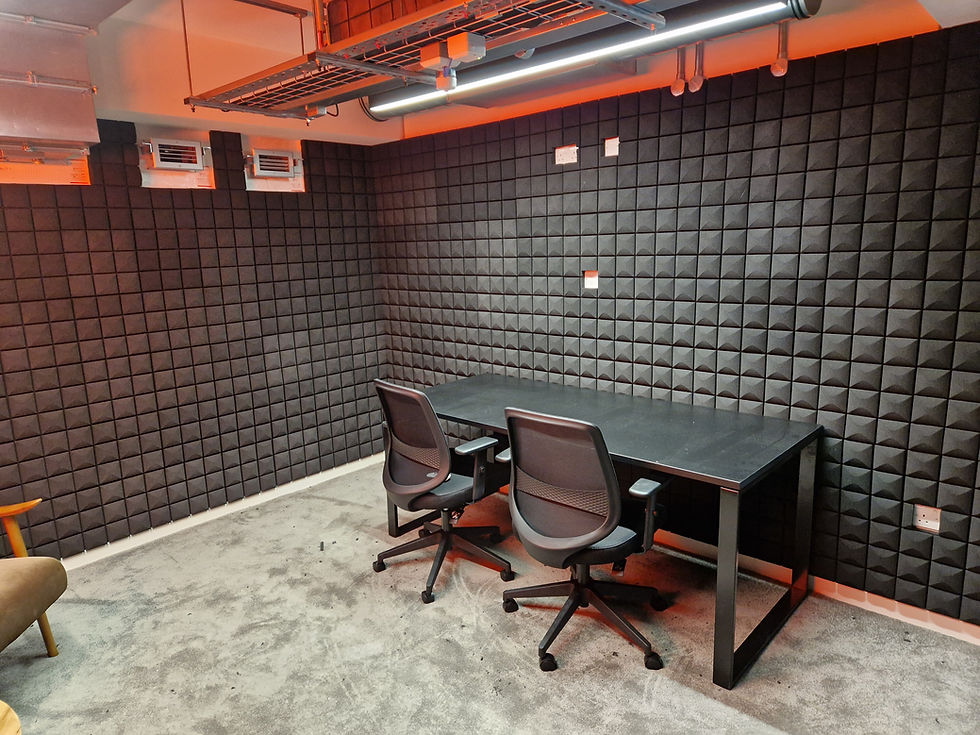Podcasting – How to make improve the sound and reverberation within the recording room
- c
- May 6, 2024
- 2 min read
Updated: Jun 5, 2024

Reverberation impact on your podcasting
Podcasts have increased drastically in popularity over the past 10 years. As of 2021, there were over 19.1 million podcast listeners in the United Kingdom (UK). The audience is growing steadily as the popularity of podcasts increases, with estimate of over 28 million listeners by 2026.
Adding soundproofing material improves the speaker’s vocal clarity while also looking quite nice. In an office setting, while this application would help with acoustics, it wouldn’t be especially aesthetically pleasing or practical. Torann Acoustics can install timber acoustic lining products or acoustic absorption products improve the room’s NRC (Noise Reduction Coefficient).
If you can consider the right sound solution for your YouTube or podcast studio. You’ll be able to get better sound quality without a lot of editing of the recorded session.
Sound Absorption
The most popular method of lowering room reverberation is to add some kind of sound-absorbing material. When sound-absorbing materials are utilised, sound cannot bounce back off the walls back to the source; instead, it must pass through them and strike the walls.
Acoustic Panels for your podcast room
There will be some reverberation and echo in your podcast room, which can seriously degrade the recording's quality. Echo and substandard sound quality may be an issue if you select a space with plenty of hard surfaces, such brick walls, concrete floors, or bare ceilings.
Installing acoustic panels on walls is a pretty simple process when done correctly. Fabric-covered acoustic panels absorb up to 90% of the extra sound and noise in a space. Even in small rooms, a few wall-mounted panels can produce clearer recordings and better audio quality.
Torann Acoustics can even print a pattern on the cloth to your specifications. This way, you can be your podcast logos, sport or music related pictures, whilst improving the soundproofing of your recording studio.



Comments